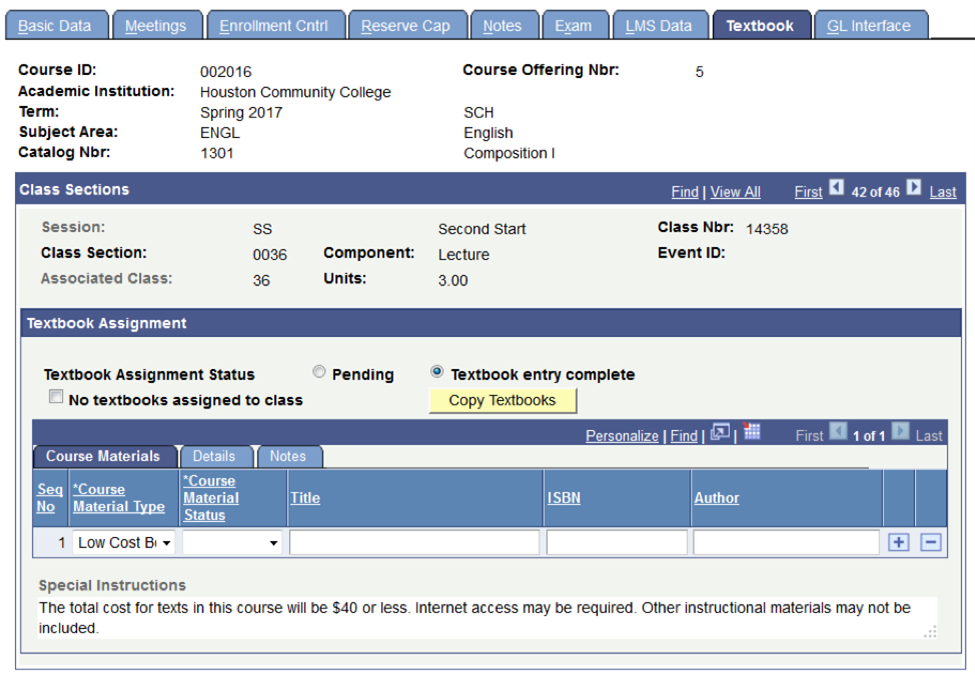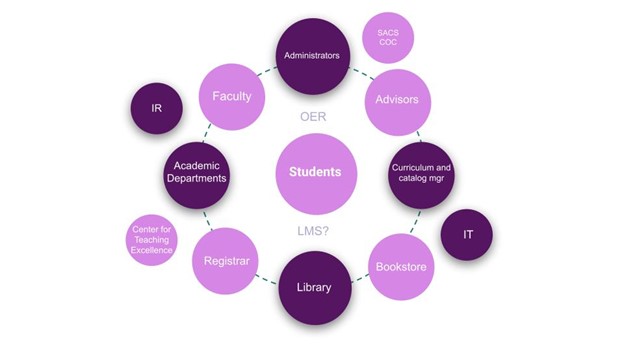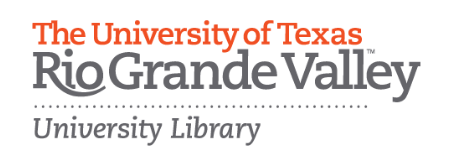Course Marking
Course marking is the process of assigning specific, searchable attributes to courses. This can include the practice of creating searchable, stand-alone lists of courses with shared features. Course marking enables students to make informed decisions about their schedules when they register for classes. Courses are marked with letters, numbers, graphic symbols, or colors to help students quickly identify important information to aid in their decision making and allow them to efficiently plan their academic careers. Though relatively new to open educational resources, course marking has become a common practice in higher education.
As mentioned previously, one aspect of SB810 establishes protocols for OER course designations in course catalogs of Texas institutions. Here is an overview of the requirements of the law:
State Requirements for Searchable Course Information: Four Crucial Questions
What?
The Texas law (SB810) requires that institutions of higher education provide searchable information to students about OER-only courses. It defines OER as “teaching, learning, and research resources that reside in the public domain or have been released under an intellectual property license that allows for free use, reuse, modification, and sharing with others, including full courses, course materials, modules, textbooks, streaming videos, tests, software, and any other tools, materials, or techniques used to support access to knowledge.”
Who?
The requirement applies to all public and private institutions of higher education in the state of Texas.
When?
The requirement applied beginning in Spring 2018.
Why?
SB810 amends existing price disclosure laws to increase transparency in communicating with students about resources required for their educational pursuits.
Institutions across the state have been working within their organizations to comply with this requirement. But beyond state compliance, there are also additional benefits.
The use of OER course labeling also informs your campus bookstore of your course materials adoption. This allows it to show students on its site that your course is an OER section. More importantly, this also allows the course to be searchable by students as an OER course section in the registration system and course schedule. Remember, the biggest benefit to students is when they can PLAN their OER course selections ahead of time, but it also ensures that we are in compliance with the requirements of SB810.
Often institutions find that it is easiest to begin with stand-alone lists of OER courses that they can disseminate via the institution’s website or even through a printed list. One example is at Tarleton State University. It currently publishes a list of classes utilizing OER as course materials through the LibGuide focused on OER from the University Libraries. It is updated each semester and includes instructions for registration. A list can be an effective stop-gap solution, particularly for institutions facing a new state mandate with a short timeline for implementation, as was the case here in Texas.
Stand-alone lists may offer significantly more flexibility in design and branding than SIS integration. Pursuing this option presents nearly unlimited possibilities. However, adopting a stand-alone list as a long-term solution requires special attention to compliance with state legislation or system policy. Distributing a physical copy of the stand-alone list also requires that advisers and other stakeholders always have an updated copy; as OER adoption and use scales, these lists can be difficult to maintain. An alternative is integration of course marking into the course catalog and listings via a Student Information System (SIS), like Banner or PeopleSoft.
The processes developed for OER course marking system integration implementation can vary widely from institution to institution; however, there are some common pathways that usually build on existing processes and/or creating new ones via the SIS. There also often exists the need to work with the campus bookstore to ensure that OER can be discoverable through their learning resource offerings, either digital or via print copies. In some cases, indicating open and affordable resource use is simply the additional entering of information in one or two places. These new data entry points, such as the addition of a new attribute, are often a part of the SIS and thus the course schedule creation process.
Here are examples at Houston Community College:


You can read more about this process at Houston Community College in Marking Open and Affordable Courses: Best Practices and Case Studies.
Some institutions choose to use both a stand-alone list and system integration, though doing so may increase the likelihood of error as course details change over time. Regardless of the methods/platforms used, successful course marking initiatives require collaboration across various institutional departments and a variety of stakeholders.
Students should be centered in developing and implementing the necessary processes. But many other roles and units on campus should be included, such as the Center for Teaching Excellence (or similar office), Library, IT, Registrar, academic units, and other divisions across campus.

Additionally, Marketing and Communications and/or Recruitment and Admissions may need to be consulted to ensure widespread awareness of course marking processes and to discuss benefits and address concerns.
With all stakeholders involved, developing streamlined and efficient processes are crucial for scalable, sustainable course marking. Besides ensuring discoverability by students, course marking of OER is, as discussed before, required by Texas law. But it also supports tracking of OER use for planning purposes, grant reporting, institutional research in general, and the like. Fortunately, a number of resources can assist in your course marking efforts, including:
- Texas Toolkit for OER Course Marking – online guide by Michelle Reed
- Marking Open and Affordable Courses: Best Practices and Case Studies – an expansion and updating of the Toolkit linked above, this resource provides a comprehensive look at OER course marking case studies and best practices across the country.
- Washington OER and Low-Cost Labeling Policies – a guide developed by the Washington Community and Technical College system that provides Washington’s community and technical colleges with a detailed overview of the labeling policies in the state and practical implementation tools.
- Summer Conversation – Course Marking for Research on Impact – a conversation related to initiating and challenges of sustaining course marking at your institution for research on impact.

